Related Research Articles

The Mantoux test or Mendel–Mantoux test is a tool for screening for tuberculosis (TB) and for tuberculosis diagnosis. It is one of the major tuberculin skin tests used around the world, largely replacing multiple-puncture tests such as the tine test. The Heaf test, a form of tine test, was used until 2005 in the UK, when it was replaced by the Mantoux test. The Mantoux test is endorsed by the American Thoracic Society and Centers for Disease Control and Prevention. It was also used in the USSR and is now prevalent in most of the post-Soviet states, although Soviet mantoux produced many false positives due to children's allergic reaction.
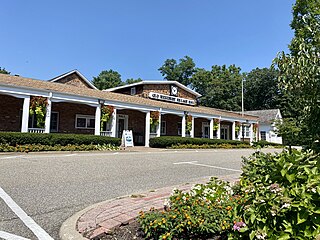
Old Westbury is a village in the towns of North Hempstead and Oyster Bay in Nassau County, on the North Shore of Long Island, in New York, United States. The population was 4,671 at the 2010 census.

The American Lung Association is a voluntary health organization whose mission is to save lives by improving lung health and preventing lung disease through education, advocacy and research.
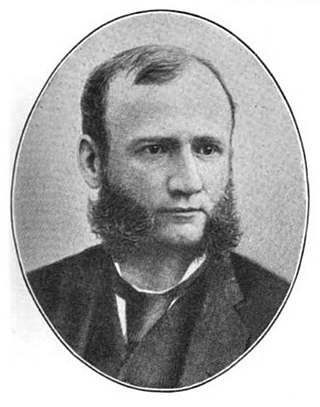
Thomas Morrison Carnegie was a Scottish-born American industrialist. He was the brother of steel magnate Andrew Carnegie and co-founder of the Edgar Thomson Steel Works.
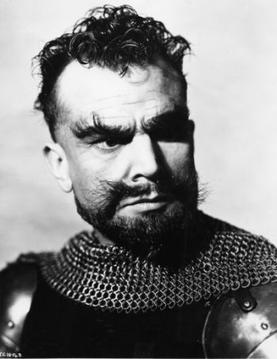
Esmond Penington Knight was an English actor. He had a successful stage and film career before World War II. For much of his later career Knight was half-blind. He had been badly wounded in 1941 while on active service on board HMS Prince of Wales when she fought the Bismarck at the Battle of the Denmark Strait, and remained totally blind for two years, though he later regained some sight in his right eye.
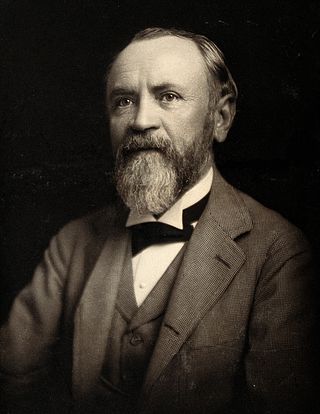
Henry Phipps Jr. was an American entrepreneur known for his business relationship with Andrew Carnegie and involvement with the Carnegie Steel Company. He was also a successful real estate investor. After selling his stock in Carnegie Steel, he devoted a great deal of his time and money to philanthropic works.

Florence Barbara Seibert was an American biochemist. She is best known for identifying the active agent in the antigen tuberculin as a protein, and subsequently for isolating a pure form of tuberculin, purified protein derivative (PPD), enabling the development and use of a reliable TB test. Seibert has been inducted into the Florida Women's Hall of Fame and the National Women's Hall of Fame.
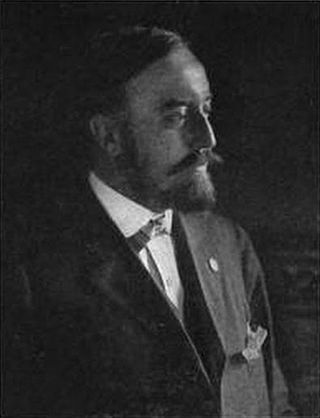
Henry Hornbostel was an American architect and educator. Hornbostel designed more than 225 buildings, bridges, and monuments in the United States. Twenty-two of his designs are listed on the National Register of Historic Places, including the Oakland City Hall in Oakland, California and the Soldiers and Sailors Memorial Hall and Museum and University Club in Pittsburgh, Pennsylvania.

John Shaffer Phipps was an American lawyer and businessman who was an heir to the Phipps family fortune and a shareholder of his father-in-law's Grace Shipping Lines. He was a director of the Hanover Bank, U.S. Steel Corp. and W. R. Grace & Co.

Edward Livingston Trudeau was an American physician who established the Adirondack Cottage Sanitarium at Saranac Lake for the treatment of tuberculosis.

The Phipps family of the United States is a prominent American family that descends from Henry Phipps Jr. (1839–1930), a businessman and philanthropist. His father was an English shoemaker who immigrated in the early part of the 19th century to Philadelphia, Pennsylvania, before settling in Pittsburgh. Phipps grew up with Andrew Carnegie as a friend and neighbor. As an adult, he was Carnegie's business partner in the Carnegie Steel Company and became a very wealthy man. He was the company's second-largest shareholder and also invested in real estate.
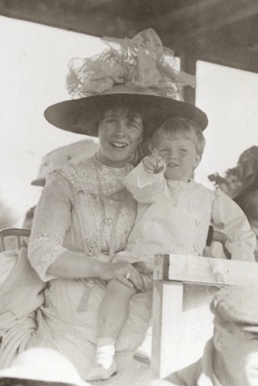
Gladys Mills Phipps was an American socialite, sportsperson, and a thoroughbred racehorse owner and breeder who began the Phipps family dynasty in American horse racing. She was known as the "first lady of the turf".

Ogden Phipps was an American stockbroker, court tennis champion and Hall of Fame member, thoroughbred horse racing executive and owner/breeder, and an art collector and philanthropist. In 2001, he was inducted into the International Court Tennis Hall of Fame.
The Carnegie Institution for Science, also known as Carnegie Science and the Carnegie Institution of Washington, is an organization in the United States established to fund and perform scientific research. The institution is headquartered in Washington, D.C. As of June 30, 2020, the Institution's endowment was valued at $926.9 million. In 2018 the expenses for scientific programs and administration were $96.6 million. Eric Isaacs is president of the institution.

Eugene Lindsay Opie was an American physician and pathologist who conducted research on the causes, transmission, and diagnosis of tuberculosis and on immunization against the disease. He served as professor of pathology at several U.S. medical schools and as Dean of the Washington University School of Medicine.

Henry Carnegie Phipps was an American sportsman and financier, the owner of Wheatley Stable along with his wife Gladys Mills Phipps, and a member of the wealthy Phipps family.
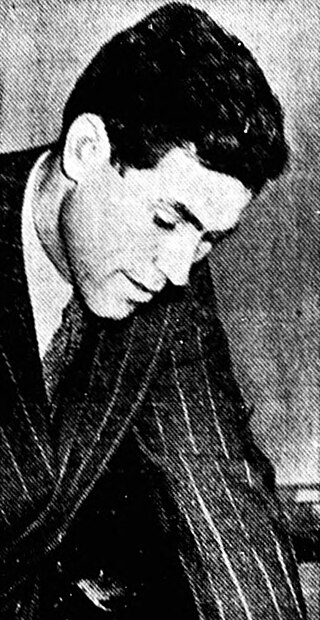
Michael Grace Phipps was an American businessman, champion polo player, owner/breeder of racehorses, and a philanthropist.

Lawrence Francis Flick (1856–1938) was an American physician who pioneered research and treatment of tuberculosis. He was influential as an author, lecturer, and historian. He is a co-founder of the National Association for the Study and Prevention of Tuberculosis and was the first to advocate its formation as early as 1898.
The town of Colorado Springs, Colorado, played an important role in the history of tuberculosis in the era before antituberculosis drugs and vaccines. Tuberculosis management before this era was difficult and often of limited effect. In the 19th century, a movement for tuberculosis treatment in hospital-like facilities called sanatoriums became prominent, especially in Europe and North America. Thus people sought tuberculosis treatment in Colorado Springs because of its dry climate and fresh mountain air. Some people stayed in boarding houses, while others sought the hospital-like facilities of sanatoriums. In the 1880s and 1890s, it is estimated that one-third of the people living in Colorado Springs had tuberculosis. The number of sanatoriums and hospitals increased into the twentieth century. During World War II, medicines were developed that successfully treated tuberculosis and by the late 1940s specialized tuberculosis treatment facilities were no longer needed.
Esmond "Es" Ray Long was an American pathologist, epidemiologist, and medical historian. He was named emeritus professor of pathology at the University of Pennsylvania and was the director of the Henry Phipps Institute for the Study, Treatment and Prevention of Tuberculosis from 1935 until 1955. Long served in the United States Army Medical Corps during World War II as director of the tuberculosis program.
References
- ↑ "HENRY PHIPPS INSTITUTE; Will Be Established for Treatment of Tuberculosis. One-Time Partner of Mr. Carnegie Gives $1,000,000 for the Purpose -- Will Be Located in Philadelphia.", The New York Times , January 10, 1903.
- ↑ McBride, David (Spring 1987). "The Henry Phipps Institute, 1903-1937: Pioneering Tuberculosis Work With an Urban Minority". Bulletin of the History of Medicine . 61 (1). Johns Hopkins University Press: 78–97. ISSN 0007-5140. JSTOR 44433664. PMID 3548853.
- ↑ Nowell, Peter C.; Delpino, Louis B. (1987), Esmond R. Long, 1890–1979 (PDF), National Academy of Sciences , retrieved February 18, 2024.